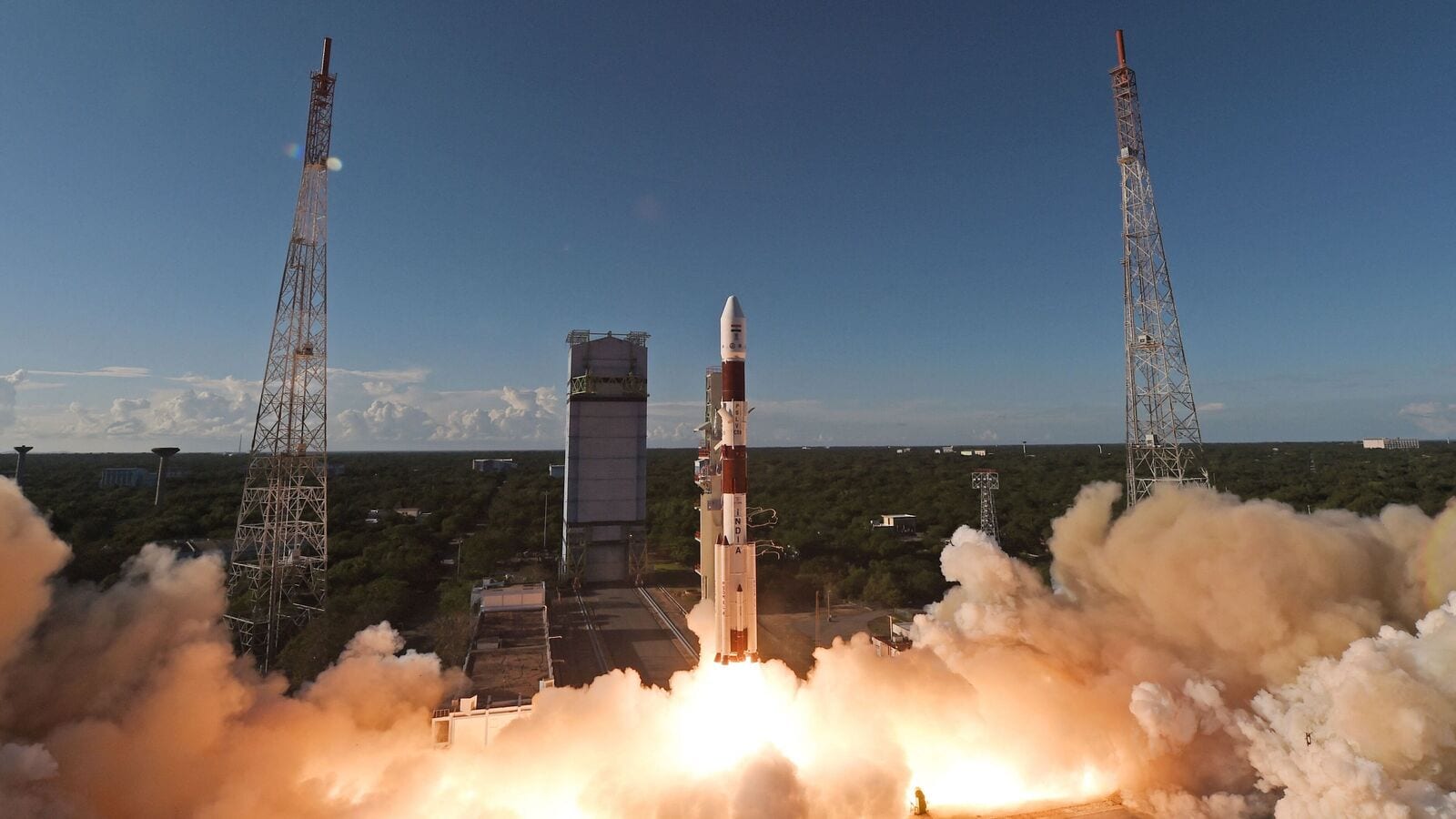[ad_1]
Missions such as these, experts said, will be critical to the success of India’s pitch to become a major spacefaring nation, since it helps build global confidence in nations choosing India as a launch partner. The move, executed by Isro’s commercial arm NewSpace India Ltd (NSIL), comes after the latter signed a commercial agreement with the government of Australia on 26 June to launch their biggest satellite to date. That mission is due for execution in 2026.
Also read | Gaganyaan’s unmanned mission likely in March next year; ISRO to track from Pacific, Atlantic oceans
While the launch was initially due for Wednesday, it was postponed by a day an hour before launch after the European Space Agency’s (ESA) technical team, in Chennai for the mission, spotted an issue with the payload, called Proba-3. The latter’s goal is to recreate scientific coronagraphy, or a near-authentic replica of a solar eclipse, for European space missions to make scientific observations.
Announcing mission success 29 minutes after takeoff, Isro said in a statement that the launch “reflects the dedication of NSIL, Isro and ESA teams…and highlights India’s critical role in enabling global space innovation.”
The successful execution of such missions, industry experts believe, will be critical for India to achieve its own internal targets. At the end of last year, an internal estimate at the Centre’s Department of Space (DoS) valued the domestic space industry at $8 billion. In October last year, Pawan Goenka, chairperson for India’s nodal space agency, the Indian National Space Promotion and Authorisation Centre (In-Space), said in the body’s ‘decadal vision’ presentation that India is aiming to generate $44 billion in revenue from the space sector by 2033.
The exact commercial valuation of the latest mission was not disclosed. For Australia, NSIL has signed an $18 million contract.
“Proba-3 was a scientific mission of high priority, and any space agency typically chooses a launch services partner with the highest available reliability. Given that the mission was largely led by France, among other nations, partnering with China was out of the question, while France’s own Arianespace no longer has the kind of reliable capability required to launch a heavy scientific payload. With Russia ironed out due to the Ukraine war, and the US not being the ideal choice since more parties are now conscious of avoiding over-dependency on the US in space missions, India emerged as the ideal partner since the PSLV is a proven, reliable satellite launcher with a history of success,” said Chaitanya Giri, space fellow at global think tank Observer Research Foundation.
Also read | Cabinet’s $2.7 billion funding for Isro’s Chandrayaan-4 to Gaganyaan to boost private firms
However, replicating this mission with increasing frequency to rival the regularity of space launches done by Elon Musk’s SpaceX would be the key challenge for India. The PSLV is currently undergoing a privatization process, which Giri and others say could see the launcher need a couple of more future missions to prove itself. Small launchers, such as the to-be-privatized Small Satellite Launch Vehicle (SSLV) developed by Isro, as well as those by startups Skyroot Aerospace and Agnikul Cosmos, would take their own trajectories.
“It’s a moment of strong credibility for India, but a key factor to note is that even though the Proba-3 mission was executed by NSIL, the PSLV is still an Isro rocket—and Isro itself enjoys a strong reputation globally. But, the same would not necessarily trickle down to private entities. In such a situation, being able to provide the right balance of cost would be a key factor. Small launchers are anyway more targeted at private commercial satellites, which are smaller in size,” a senior executive at one of India’s top private space startups said, requesting anonymity, since he is not directly authorized to comment on the Proba-3 mission.
“Europe only chose India because it didn’t have its own capacity to precisely inject this satellite in the requisite orbit, and SpaceX’s capacity is too large in each launch to precise-inject non-primary payloads such as this one. India is receiving commercial queries from global clients for the SSLV, which will see a boost thanks to the PSLV’s reputation—but our small launcher capability is far from the requisite cadence right now. Commercial opportunities, as a result, are far and few—and the Europe mission may not entirely turn things around,” said Narayan Prasad Nagendra, chief operations officer at space services firm Satsearch.
Nagendra’s assessment is on point. Thursday marked only the fourth launch from Indian soil for Isro this year—of this, one was a demonstration mission, while two were internal scientific satellite launches. Among private entities, Agnikul Cosmos conducted its first suborbital demonstrator launch on 30 May. Thursday’s launch, as a result, is the only commercial space launch from India this year.
By comparison, in the last month alone SpaceX conducted three external commercial launches—for South Korea, Australia and one for India as well. These do not take into account the commercial missions that SpaceX executes for the US central space agency, the National Aeronautics and Space Administration (Nasa).
Also read | Elon Musk’s SpaceX set to launch ISRO’s GSAT-N2 satellite for advanced telecommunications: All you need to know
Both Giri and Prasad agree that a bigger concerted push will be key for India to progress further. Nevertheless, gaining Europe’s trust could be key to fetch more business from the region, which in turn could lead to a greater frequency of launch missions for India. A senior government official, requesting anonymity, said the privatization move for the PSLV is soon to be played out, and could help India achieve this. A consortium operated by Hindustan Aeronautics Ltd and Larsen & Toubro Ltd emerged as a contract winner to build five of Isro’s workhorse rockets, with an initial target launch timeline of end-2024.
“It may not be this year, but it will be a key moment once it happens soon,” the official added.
[ad_2]
Source link
